“What are these ‘wet markets? I heard the pandemic COVID-19 started from a wet market and it points to Illegal Wildlife Trade!” It was a journalist friend on the line. Suddenly the world is now worrying about wet markets in Southeast Asian Countries which have been operational for decades – selling all types of wildlife including bats, cats, pangolins, snakes, crocodiles which were sourced from all over the world. Until now, the rest of world had dismissed this issue citing it as a Southeast Asian practice where almost any creature that moves can be consumed.
Covid-19 has rightly shifted focus on illegal wildlife trade in wet and pet markets. Google Trends indicate increasing searches for ‘wet markets’, ‘pangolin’, etc. –alluding to fear of losing lives due to the virus.

Wet markets are commercial entities where animals are unhygienically slaughtered and prepared for customers. The markets of Vietnam, China, Cambodia are infamous for the kind of animals they sell – a large variety of wildlife and insects which the rest of the world would never consider as food are sold here as part of their culture and tradition. “What’s wrong if we have a taste for bats and cats just as you have for lamb?“, is a common argument.
The problem is not just the consumption of wildlife but the larger threat these wet markets pose. Today the world is talking about COVID-19, but other viruses such as Ebola, Nipah, SARS, H1N1 were also associated with these markets and Illegal Wildlife Trade. All these virus outbreaks were suspected to have originated from wildlife which was consumed by people. The wet markets of Southeast Asian countries pose a greater threat as they are transit points or final destination for a large number of illegal wildlife products from various parts of the globe – carrying loads of unknown pathogens that can latch on to human hosts.
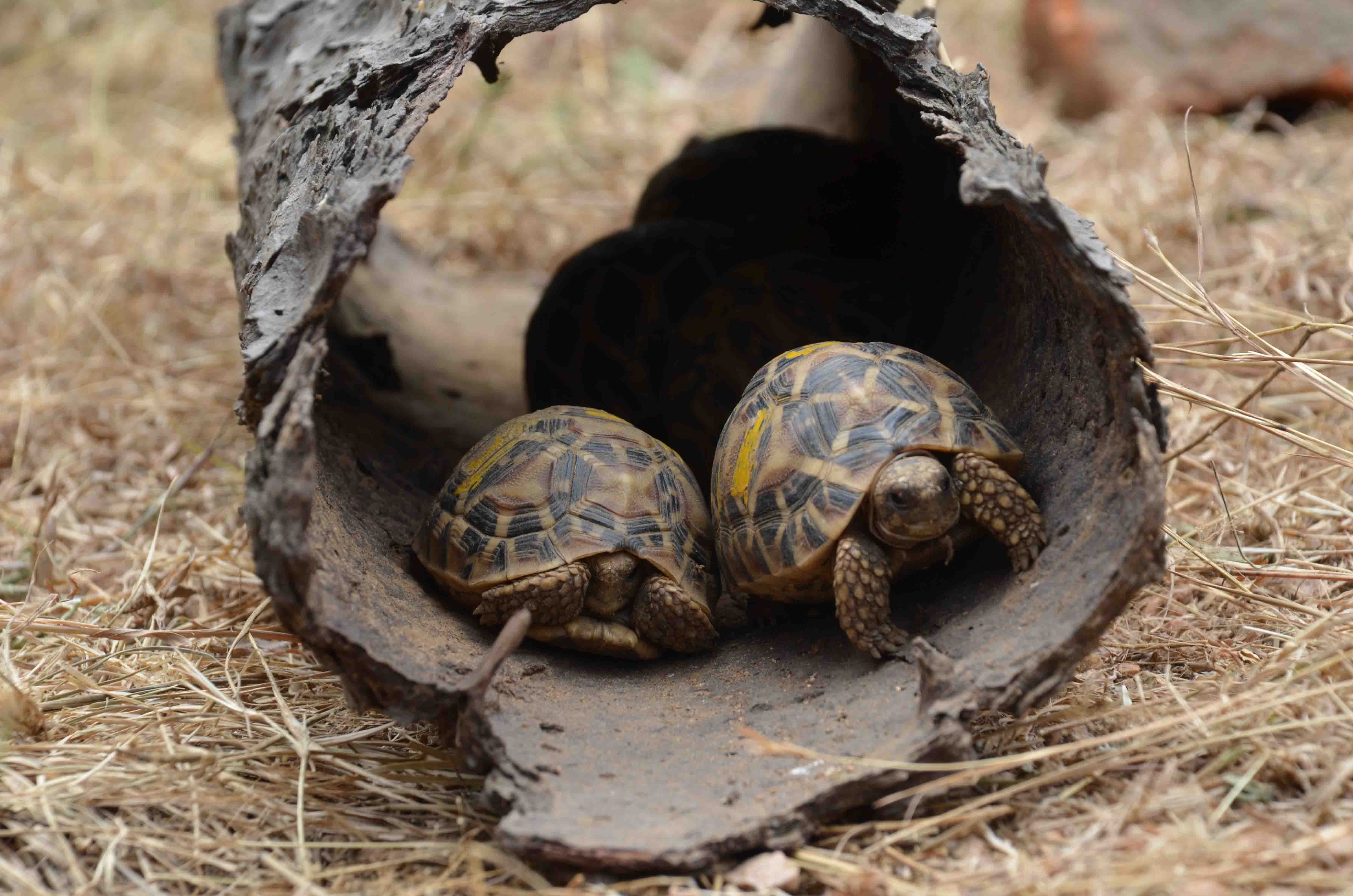
Presumably, the first recorded epidemic about 5000 years happened in Northeast China –a site called Hamin Mangha where evidences indicate possibility of mass deaths due to an outbreak. Epidemics such as smallpox and plague are known to have killed millions of people – much more than wars could kill- across centuries before they were controlled. The last century witnessed Spanish flu in its early part, Asian flu during the middle and HIV infections towards the end. Pandemics have decimated populations and civilizations causing power shifts and migrations in the history of mankind.
Many viruses have clear connections with animals and livestock – the pathogens originate in animals, get transmitted from animals to humans and then human to human transmissions take place. With globalization and air travel, these infections can travel across the world in a few hours, causing widespread damage, unlike in earlier times. At times, the root cause of these viruses such as wild animals and livestock travel across the world before triggering the infections, making it more difficult for scientists to find the root causes and develop prevention and mitigation measures.
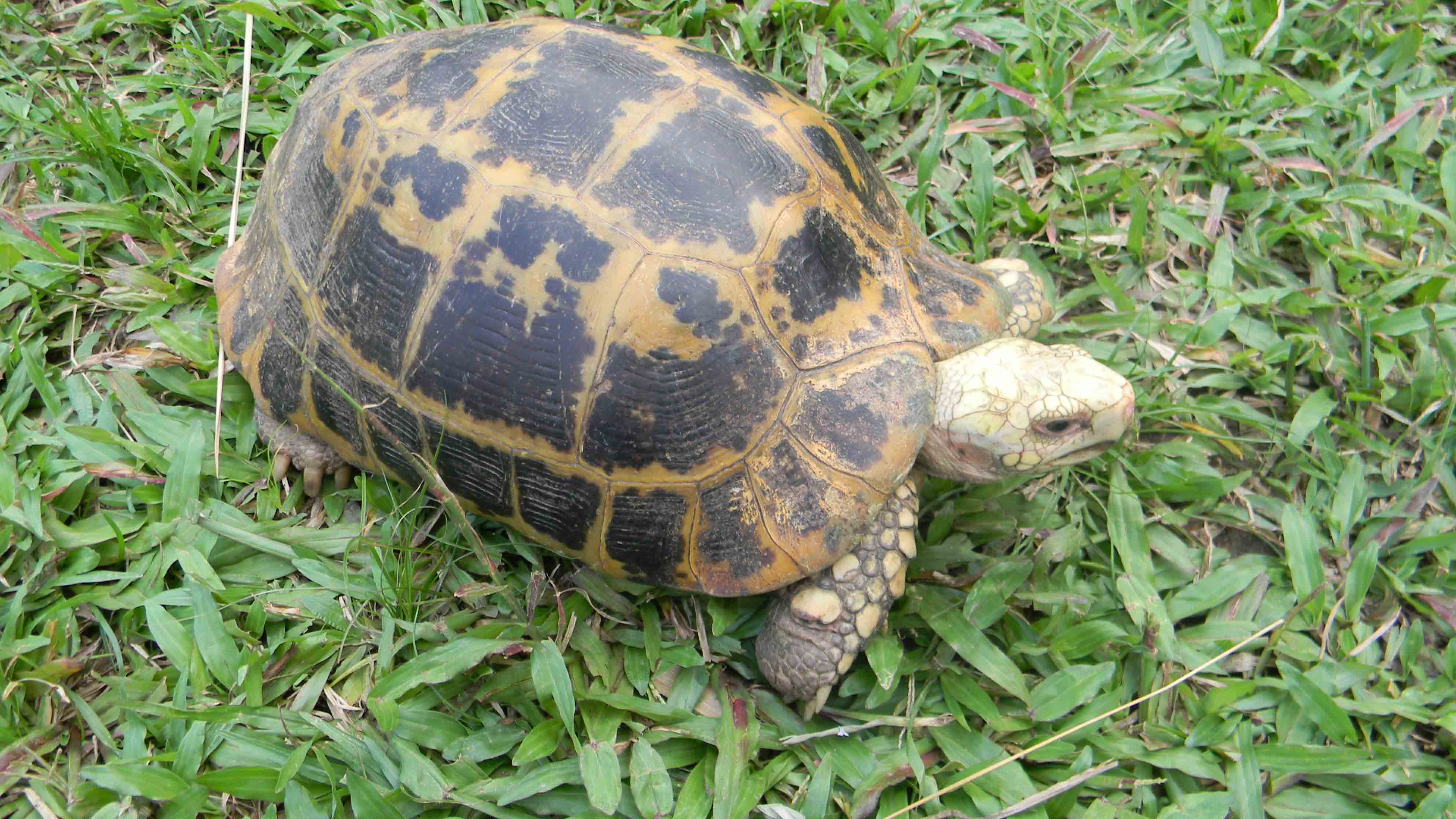
We are witnessing an increase in deadlier viruses mutating from animals and infecting humans – possibly due to increasing human- animal interface, loss of habitat pushing animals to human dominated landscapes or consumption of wild animals. Nipah, SARS, MERS, Ebola all originated or were transmitted by bats and non-human primates along with other carriers.
Let’s take the example of the Ebola virus outbreak, it was reported first in 1976 in a village on the banks of the Ebola River in the Democratic Republic of Congo. The virus family had many species of viruses and in 2014-16, one species of the virus-infected people and caused widespread deaths until the spread was contained with the use of a vaccine. The suspected origin was wildlife- the fruit bats were the natural hosts of the Ebola viruses and they were transmitted to humans through close contacts with animals such as chimpanzees, gorillas and other primates which were often hunted for food by people. WHO recommends reducing the risk of wildlife-to-human transmission as the first method to contain the spread.
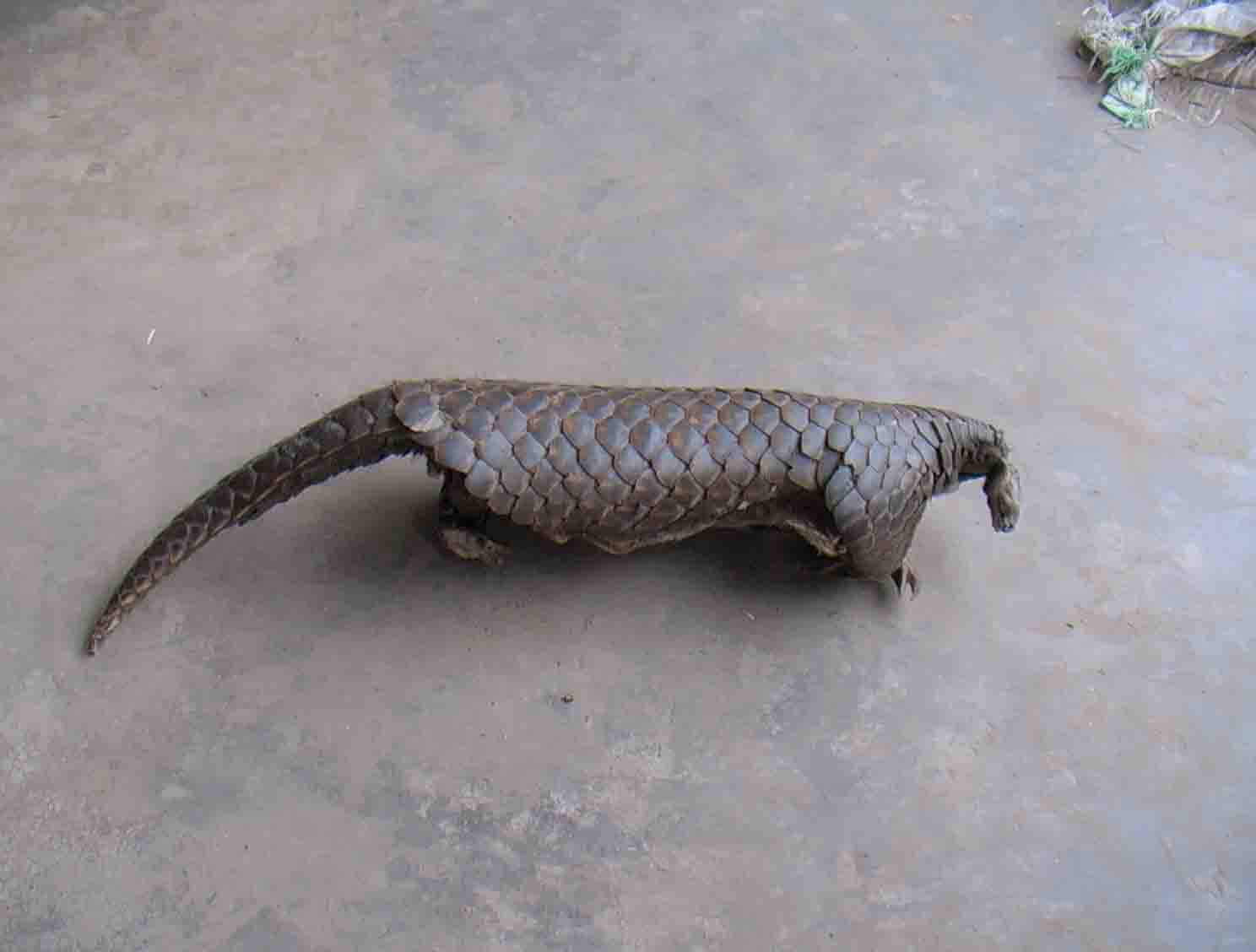
The case of Nipah was first reported in 1999 in Malaysia and it caused 40-70% mortality in humans. The Nipah virus is present in some species of fruit bats and does not affect the bat but causes complications in human beings. The virus also infects pigs and then gets transmitted to human beings. The latest outbreak was in Kerala, India where the disease got transmitted in the community causing deaths before it could be controlled. No vaccine or effective drug has been developed to stop this virus yet and the only method to cure the patient is supportive treatment.
Various theories are going around the globe with experts digging deeper trying to find the origin of the coronavirus and cause of first transmission.The first report came in December which never created much panic as it was another pneumonia-like-disease but within the next hundred days the virus had its reach almost all over the world, infecting and killing thousands of people in each afflicted country. Amidst all the speculations and theories, one thing is very clear that the virus has some connections with the wet markets of Wuhan province of China where it possibly was transmitted from a wild animal such as a bat or pangolin to a human being – may be in a mutant form which was specially adapted to survive in a human body and cause severe damage. The virus seems to have all the necessary tools it need, to cause the damage.
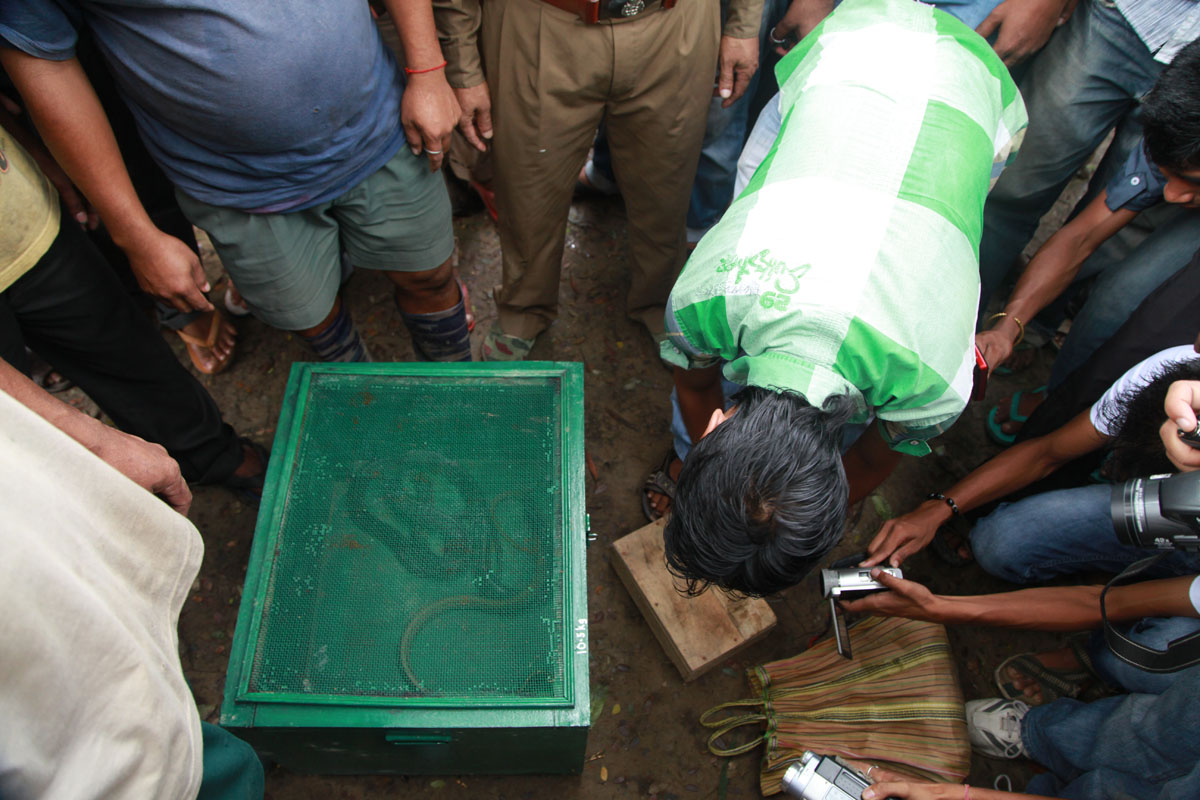
That SEA countries being the final destination of many wildlife products for consumption, is not a secret and there is no evidence to deny that these markets exist. Several journalists and researchers have visited these markets and documented in their photos and videos the reality of these markets. They documented various species of animals – wild, domesticated and captive being traded in various forms in these markets. These markets facilitated a congregation of viruses and bacteria across the world – from primates, pangolins, bats and rodents. These open laboratories provided variables and catalysts to trigger mutations and adaptions of viruses into new hosts and different living conditions and produced upgraded versions of the virus – with COVID-19 suspected as one among them, maybe the only one we know about as of now.
But there is already some positive fallout – China and other SEA countries have moved towards enforcing a ban on these wet markets where illegal wildlife is sold, along with some policy and legal changes such as listing of cats and dogs as livestock, recovery of wildlife from traders etc. These markets are not operated by small scale traders who are poor or dependent on the sales for marginal income. The consumers of these products predominantly belong to the rich and powerful. These markets are controlled by international wildlife trafficking syndicates with well-established procurement, transportation, distribution networks across the globe and the money involved runs into billions. The illegal wildlife trade is an estimated 23 billion industry as per the sources in UN agencies and hence shutting the shops may not be an easy task.
The last five years witnessed an unprecedented trade in one particular family of animals –pangolins which became the “Most Trafficked wild animal “ in the world. Tonnes of live, dead pangolins and gunny bags full of scales were regularly intercepted by enforcement agencies across the range countries and transit routes and investigations revealed that they were heading towards SEA countries. No other destinations or trade routes were discovered. Pangolins – a family of animals which no predators could hunt, were suddenly being exterminated due to the human demand for their protective scales that ironically were meant to protect them. The pangolin trade surpasses ivory and tiger product trade and conservationists are battling for the survival of pangolins and pleading with the consumers to stop the demand which could lead to the extinction of pangolins.
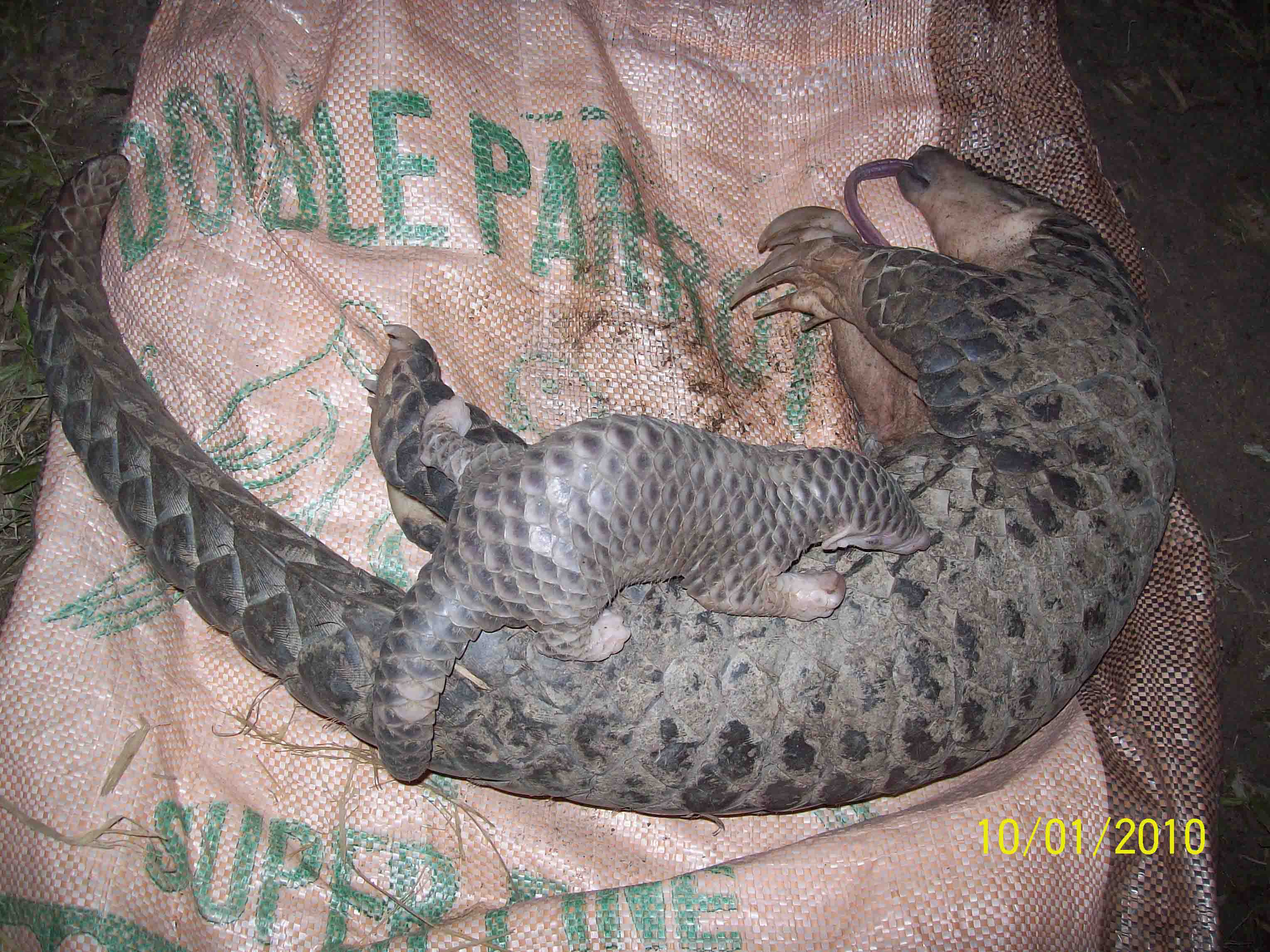
Looks like the pangolins had their plans in place when everything was falling apart. Within a few weeks of the COVID-19 outbreaks, the pangolins appeared in research articles as the host of a similar virus to COVID-19 and some overjoyed people called it the “ revenge of pangolin “. The virus was not just affecting the suspected pangolin eaters but it went ahead attacking everyone irrespective of their background, class, identity, caste etc – a prime minister, a British Royal, singers, health care workers and even the Amazonian Yanomami tribe who had no outside world connection. Today the COVID-19 seems to be the most important living or semi-living organism on planet earth. A strong reminder and warning from nature about what infection the human race is to nature.
The wet market is one part of the problem, but let’s also look at the pet markets across the globe.If the wet markets are blood-stained, foul-smelling corridors of horror, then the pet market is like a cyanide capsule dipped in honey.
The pet market is not limited to one region of the world but it is all over the world where a large number of wild animals are traded as exotics. The pet market is diverse – the captive tigers in USA suspected to be more than 3500 in numbers and breeding, The modern world pets include birds, small mammals, reptiles, invertebrates like spiders and insects and they get transported from one corner of the world to others with minimal or no regulations using the loopholes and grey areas of existing laws and treaties. The rarer the animal,higher price it fetches – the pet trade is well established multibillion organized industry with not so cute faces and facts.
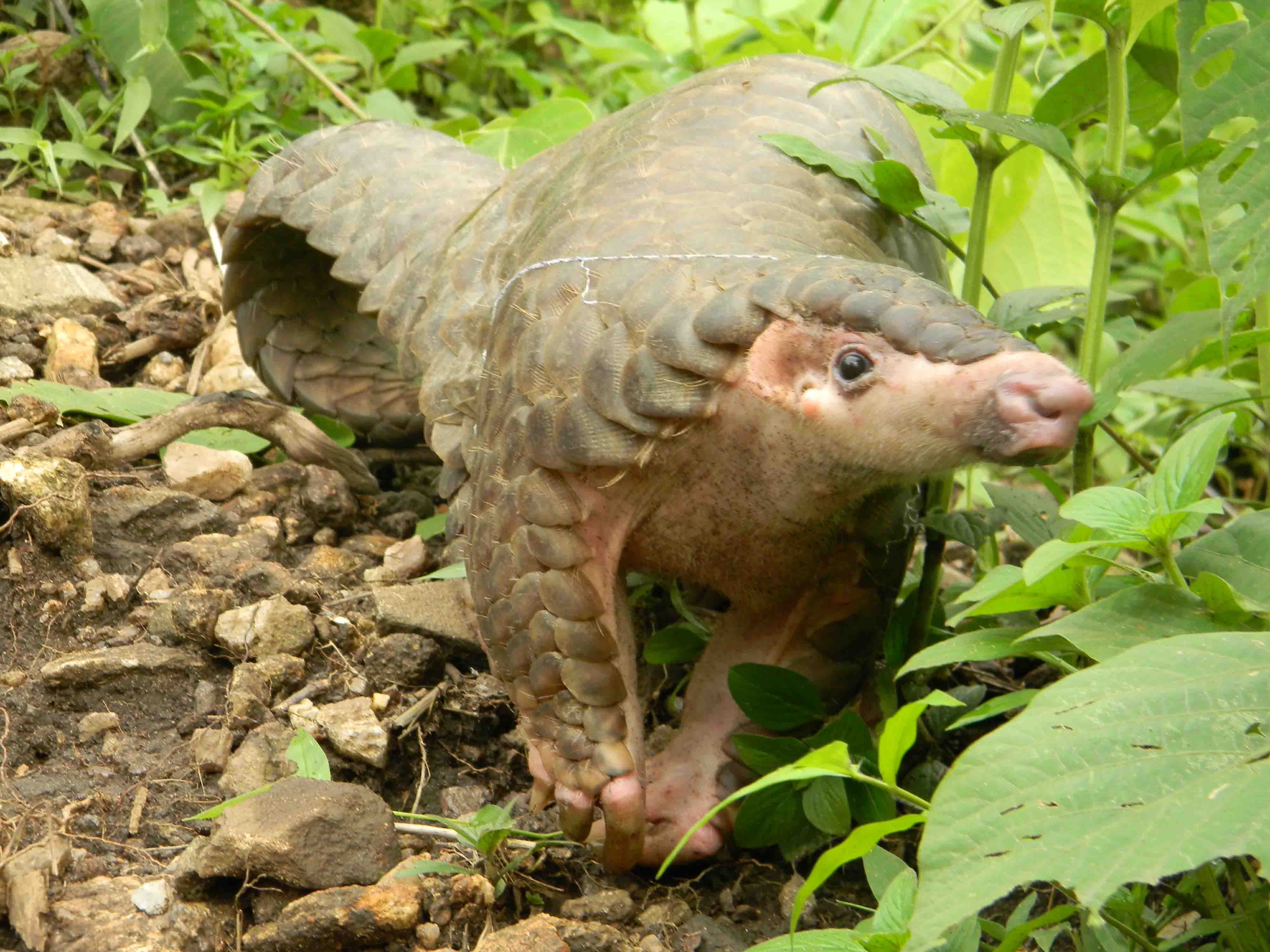
A study published in 1998 titled, “ CDC B-virus from Pet Macaque Monkeys: An Emerging Threat in the United States” indicates the problem of virus transmission from old world primates to their adopted parents – who often consider their pets as a replacement of biological children. A recent study by World Animal Protection’s Neil D Cruze about the trade in ball pythons from Africa to the rest of the world warns that these reptiles could be carrying as many as 150 different types of pathogens with them – a potential way of transporting one from a remote African forest into a country thousands of miles away into a different climatic condition where these pathogens may find a better survival prospect by making few changes in their genome. Well, they could find the human body as a perfect host.
The opportunity which these unregulated and illegal or grey wildlife trade provides to the spread of pathogens is very high. Imagine an animal – for example, a pangolin, which has a natural load of a harmless variant of a virus being trafficked to a SEA market through a smuggling network. There will be other animals which are in the same shipment – may be a primate which is designated to an Indian buyer (There were similar cases ) and both the animals which spent considerable time in adjacent cages provide a good opportunity for the virus to jump to the new primate host and travel to a new destination. Well, the virus may decide to alter itself to suit the new environment and this mutation or evolution turns it into a potentially dangerous version for a primate and the severity may vary from species to species. The unsuspecting and excited buyer will receive the primate after few weeks. Every day thousands of animals are shipped across the globe without any monitoring or screening and enabling micro-organisms to reach far and wide.
The wildlife pet markets’ very own widespread and well-connected nature is a big challenge even to assess the actual trade. The trade routes keep on changing, buyers and sellers have higher levels of anonymity which prevent enforcement agencies to trace networks, they use several payment methods to transact money or engage in bartering products from one region to another and above all – the illegal trade in exotic pets appears to be a harmless trade, where animals are taken care or loved by their owners like a family member ! ( Where would a capuchin monkey get such great protection and affection in the wild?). The very nature and appearance of this trade is deceptive.
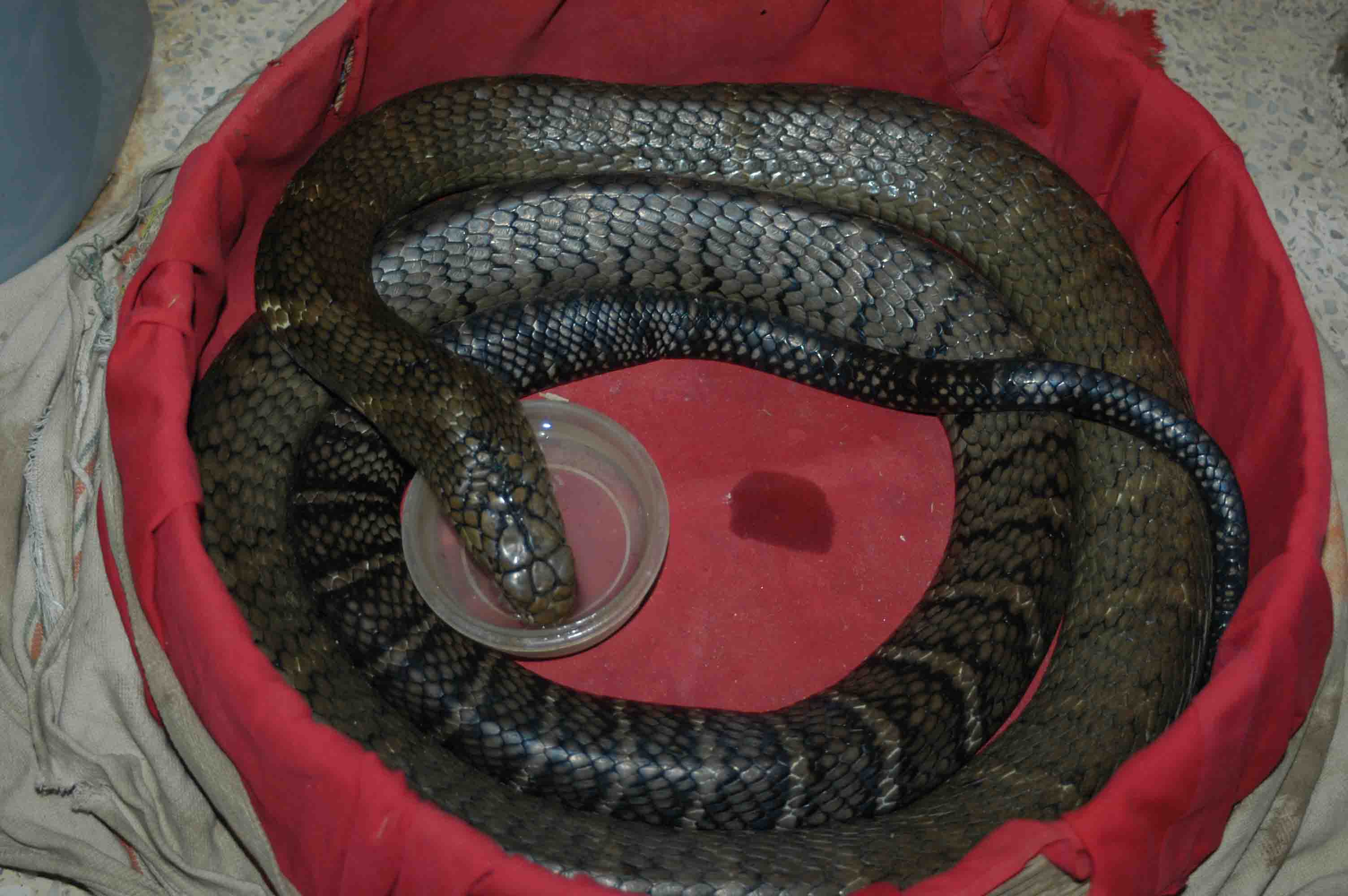
It is not just the viruses they carry, but there are other environmental threats such as invasive species issues, tax evasion, providing enablers to other organized criminal activities such as drugs, weapon, counterfeiting, and corruption – the illegal wildlife trade is one of the top five organized criminal activities in the globe which is often ignored as a lesser dangerous crime. Well, with the kind of proven destruction it can cause without much intervention and resources – it should be considered more threatening than it appears to be.
Experts are already of the opinion that a blanket ban on the wet markets is not the solution, there has to be a regulation first and then slowly mitigate the trade by limiting its wider networks and isolating trade hubs from each other. This strategy seems to be a good one, following the current isolation and lockdown models where the spread is contained within regions and then narrowed down to identify the enablers and turn them off to create unfavourable conditions for the trade to survive. The live animal enters into target country via a smuggling channel where no quarantine protocols are followed
The pet market across the globe also needs immediate attention before an un-suspecting reptile or a primate becomes a silent carrier of a deadly infection that could create a COVID-19 like condition. Many animals that are currently traded are not listed under CITES regulations and hence the export is not illegal. First of all, these provisions should be looked into and every country has to implement strict quarantine protocols for any live animals which are imported. Strict quarantine rules do exist, but they seldom get implemented as traffickers always find a way to facilitate the immediate release of the animals.
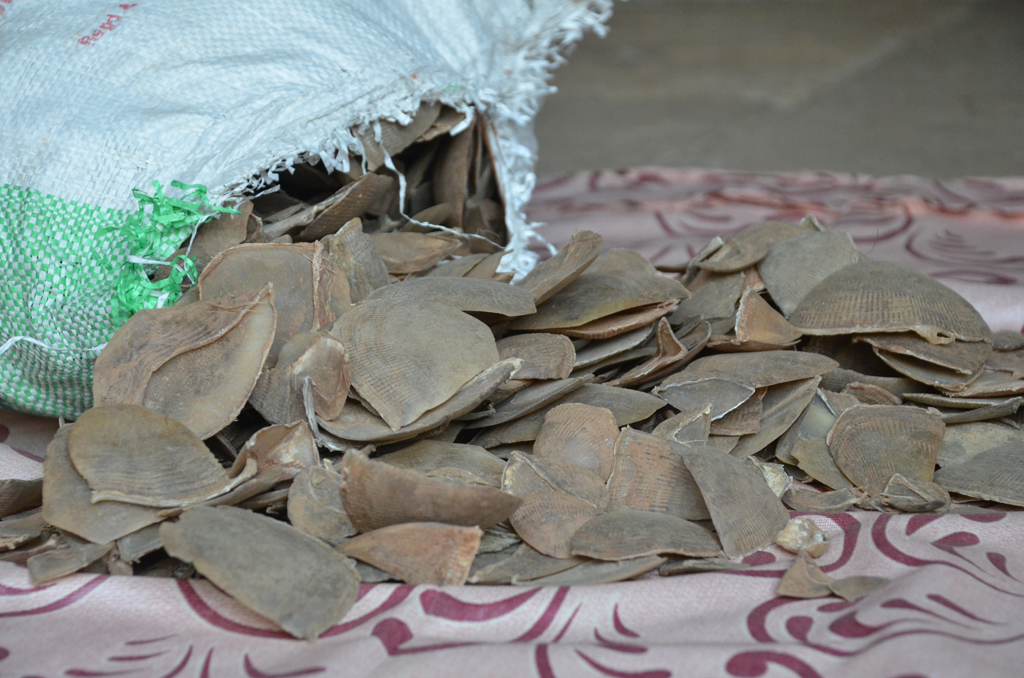
The way forward is preventive measures and the creation of unfavourable conditions for such trade to happen and it should start with demand reduction at the buyer’s end.
Today’s exotic pet buyers are youth with disposable income who are well informed and connected. The best way forward is to first sensitise them followed by a strict enforcement action discouraging the pet trade.
Animals are no different when we say we are happiest when we are in our natural surroundings. A primate is happy when it is foraging for food with the family on tree tops and surveying the sky for danger. That is their happy place.
As a conservation action oriented organisation, working through multipronged strategies, one of which is to curb illegal wildlife trade, WTI additionally advocates One Health as the way forward for survival, where the health of the environment is linked to the health of animals and people, leading to a secure coexistence for all.
Let’s work towards a world where pangolins remain the elusive and strange looking animals sharing the clean air and water with us and we keep the wild forever wild!
Jose Louies, the author of the article, is the chief for the enforcement Division at WTI.
A self trained apuculturist, Jose has a keen interest in snakes and snakebites and also is the founder of indiansnakes.org
He can be contacted at jose@wti.org.in